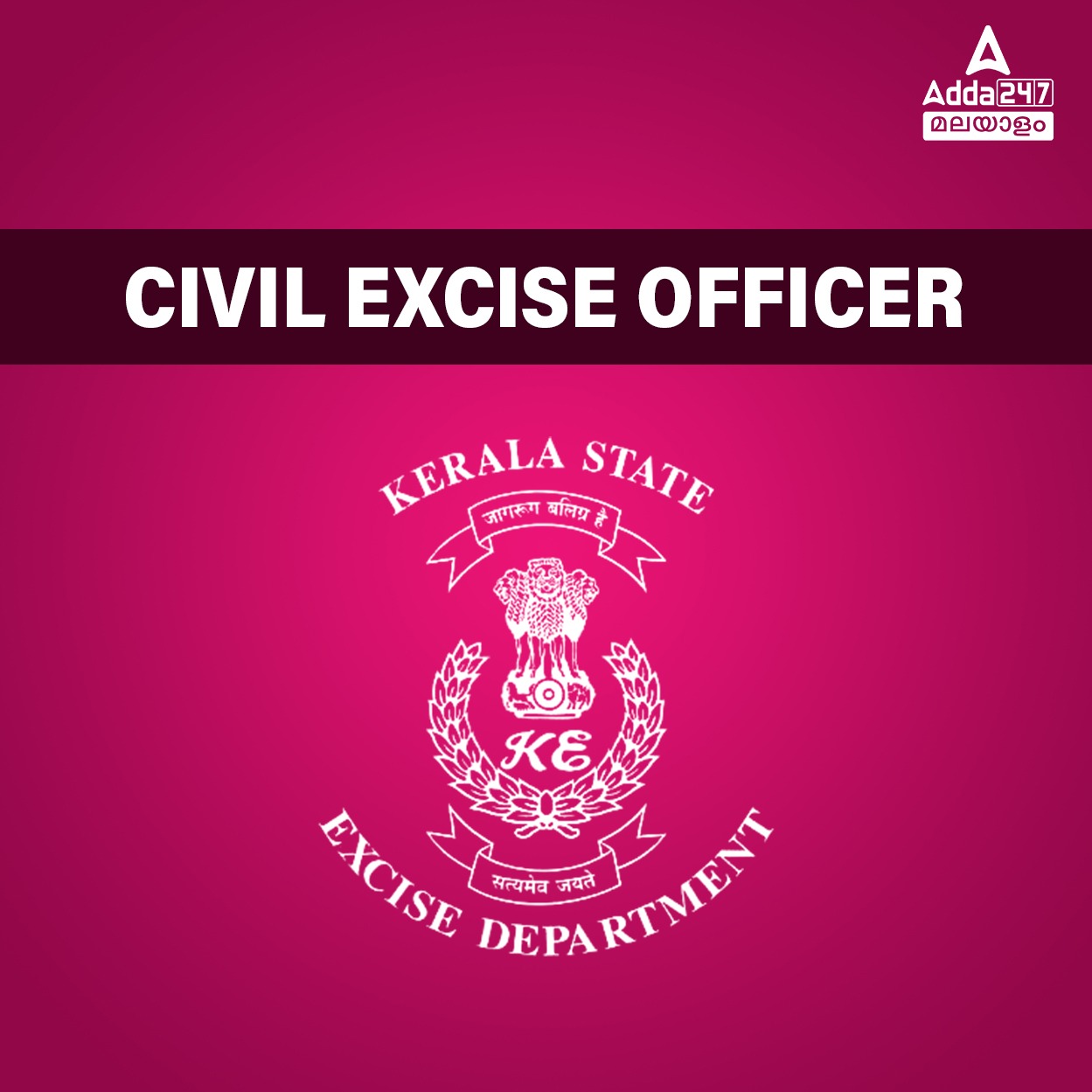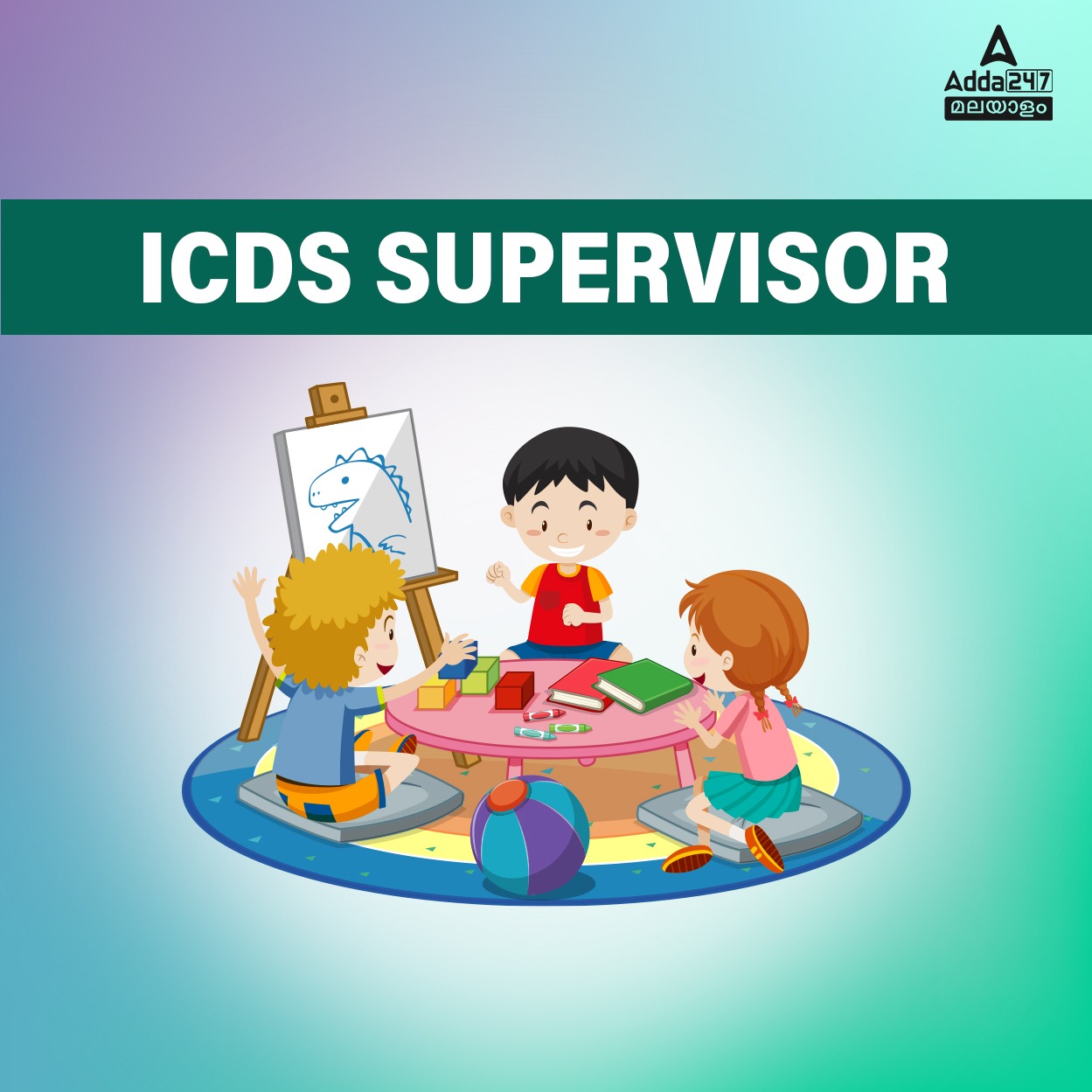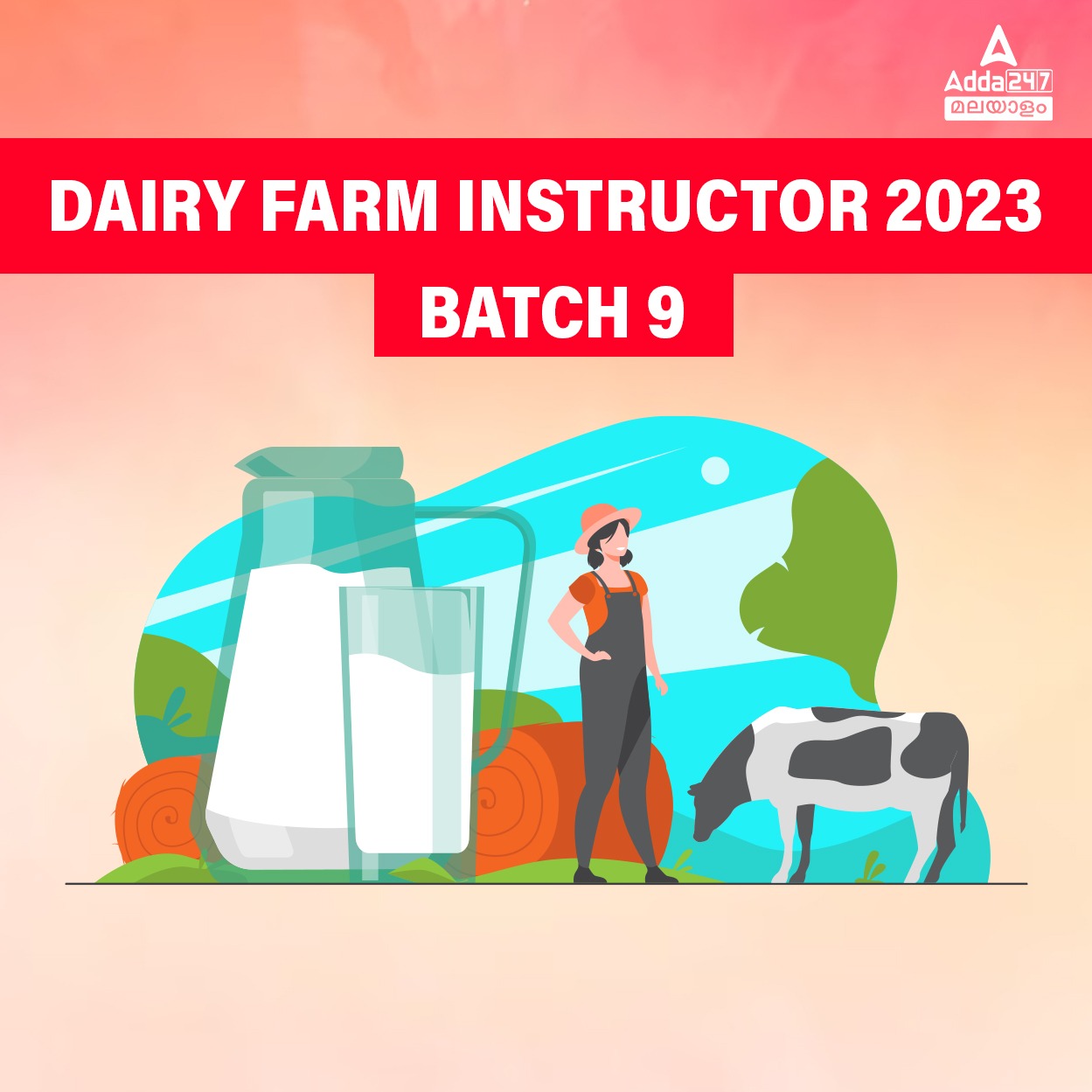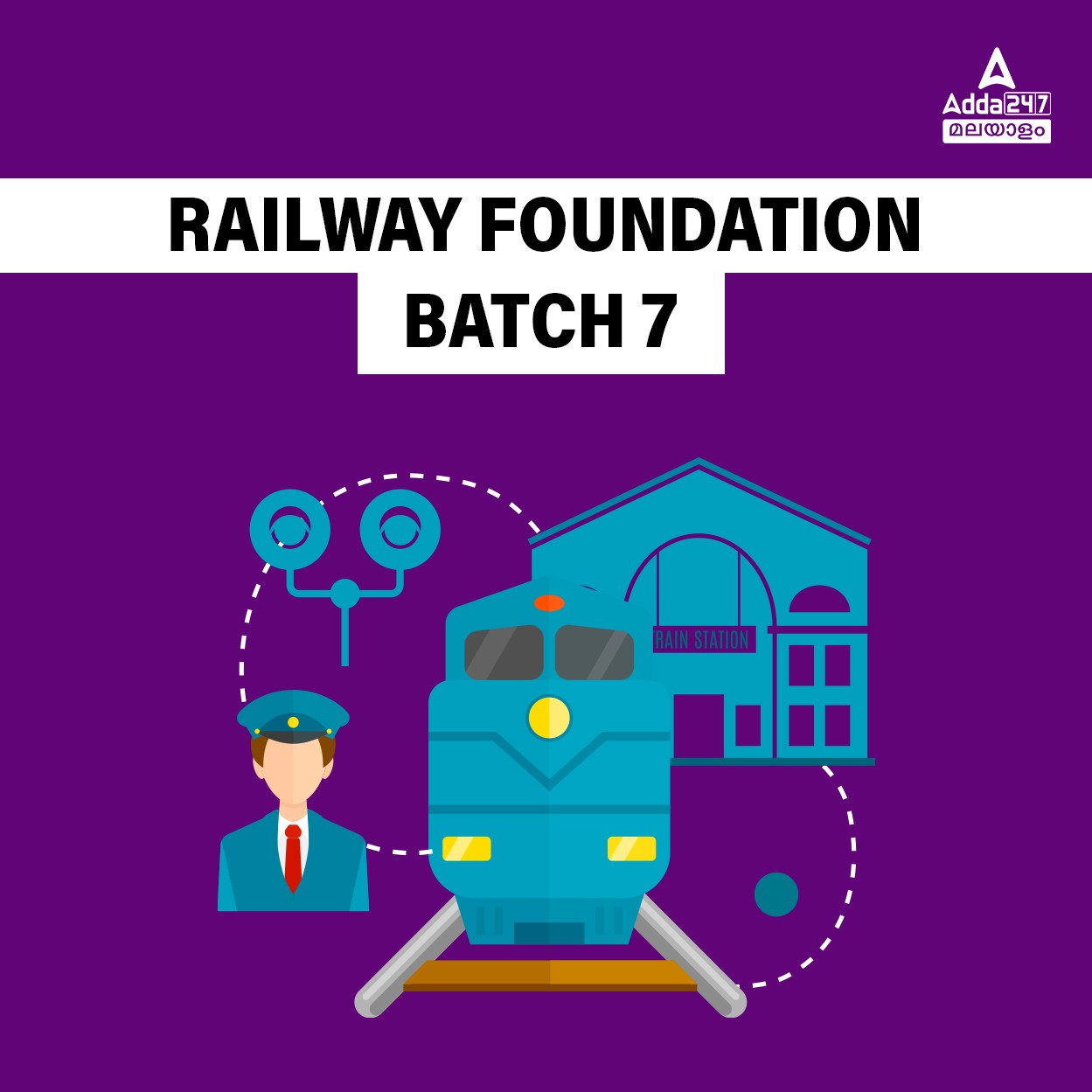Table of Contents
Addapedia Editorial Analysis: Daily News Editorial Analysis 08 July 2024
Addapedia Editorial Daily News , 08 July 2024: In this Addapedia Editorial Analysis, We cover Important News Editorials from Newspapers and provide you with detailed analysis. This ADDAPEDIA Editorial Analysis will help you in understanding the National and International events Current affairs and the background of a particular topic. This comprehensive News analysis will help you in Clearing CA and Interview for many exams.
Editorials usually cover a particular topic that might be National, State or any International event which is most important to acquire brief knowledge about the event. Editorials are written by Famous news analysts, Politicians, Business analysts, Civil Servants or a person who has immense knowledge in that particular field. Knowing Editorials will not only understand the geo-political relations but also how to write and describe any particular issue which helps especially in PSC, SSC and Banks Exams.
India’s Water Crisis
According to World Bank, 163 Million Indians lack access to safe drinking water.
- India’s average annual water availability per capita is likely to drop to 1,367 cubic meters by 2031 from an already-low 1,486 cubic meters in 2021.
India only possesses 4% of the world’s fresh water.
- According to India’s Ministry of Water Resources,
- Water Stress – When water levels are below 1,700 cubic meters
- Water scarcity – When water supply is below 1,000 cubic meters
Why there is water shortage problem in India?
- India’s rapidly growing population increases the demand for water for drinking, sanitation, and other domestic uses.
- Rapid Urbanisation puts immense pressure on water resources, with cities requiring more water for residential, commercial, and industrial purposes.
- Agriculture accounts for about 80% of India’s water usage, often with inefficient irrigation methods, is also causing water shortage.
- Changing rainfall patterns and increased frequency of droughts affect water availability.
- Dumping of industrial discharge, agricultural runoff, and untreated sewage contaminates water bodies, reducing the availability of clean and usable water.
- Inefficient water use, lack of rainwater harvesting, and inadequate wastewater treatment contribute to shortages.
- Insufficient storage infrastructure means much of the monsoon rainfall is not captured for use during dry seasons. Also, aging water infrastructure leads to significant water loss through leaks and inefficient distribution.
- Inadequate policies, poor enforcement, and lack of coordination between different government agencies hamper effective water management.
- Ex: Cauvery river water dispute between Karnataka and Tamil Nadu is conflicted between supplying drinking water and for irrigation.
What are the impacts of water shortage?
- Agricultural impacts: Reduced crop yields and farm incomes. An estimated 68% of India’s cropland is vulnerable to drought. Reduced agricultural productivity threatens food security
- Reduced industrial output due to water scarcity. Water scarcity could cost India 6% of its GDP by 2050 according to a World Bank report
- Health impacts: Increased waterborne diseases due to poor water quality
- About 200,000 people die every year in India due to inadequate access to safe water
- Social impacts:
- Conflicts over water resources between states and communities
- Migration from water-scarce areas to cities, increasing urban pressure
- Gender inequality: Women and girls often bear the burden of water collection
- Indian women spend an average of 150 million work days every year fetching and carrying water
- Biodiversity Loss: Over 30% of India’s biodiversity hotspots are under threat due to water scarcity
- Energy Production: Hydropower accounts for about 12% of India’s total power generation capacity
- Coal power plants in water-stressed areas can face operational disruptions thereby affecting electricity production
What are measures taken by government?
- Recycling waste water – The government has planned to triple the wastewater recycling to 70% by the end of the decade.
- Lake Refurbishment: The government has ordered the building or refurbishing of at least 75 lakes in each of the 785 districts, with work started or completed on more than 83,000 lakes to help recharge the water table
- Urban sewage treatment capacity: The government is expanding sewage treatment capacity to increase the recycling rate in urban areas from 44%, enabling more water to be used in industries, agriculture, and other sectors.
- Investment in Water Distribution: Between 2021 and 2026, the government plans to invest about $36 billion to ensure equitable water distribution, wastewater reuse, and the mapping of water bodies.
What is the way forward?
- Updating irrigation techniques and rainwater harvesting can help preserve freshwater sources.
- In the long term, investment in water management can mitigate risks from potential water shortages.
- India needs modern sanitation policies to conserve and wisely use water sources.
- Capacity building of users to help protect groundwater sources.
Can you answer the following question?
“India’s water crisis is not just a matter of scarcity, but also of management and governance.” Critically analyze this statement and suggest measures to address the water crisis in India.
Examine the impact of climate change on India’s water resources. How can India enhance its water security in the face of changing climatic conditions?
Primary Agriculture Credit Societies
Union government has urged stakeholders in cooperative societies to support the establishment of primary agricultural credit societies (PACS) in all villages and blocks of the country.
What is a Primary Agricultural Credit Society (PACS)?
- PACS are village level cooperative credit societies that serve as the last link in a three-tier cooperative credit structure in state
- State Cooperative Banks (SCB) at the state level.
- District Central Cooperative Banks (DCCBs), that operate at the district level.
- The DCCBs work with PACS, which deal directly with farmers.
- Since these are cooperative bodies, individual farmers are members of the PACS, and office-bearers are elected from within them.
- A village can have multiple PACS.
- PACSs provide short-term, and medium-term agricultural loans to the farmers for the various agricultural and farming activities.
- The first PACS was formed in 1904. Currently, there are more than 1,00,000 PACS in the country with a huge member base of more than 13 crore farmers. However, only 65,000 of them are functional.
What is the significance of Primary Agricultural Credit Society (PACS)?
- PACS are grassroots financial institution operating at the village level, providing essential financial services & promoting financial inclusion amongst rural communities.
- They are a primary source of short-term and medium-term credit for farmers, helping to reduce dependence on informal moneylenders.
- Many PACS distribute agricultural inputs like seeds, fertilizers, and pesticides, supporting agricultural productivity. Some PACS assist in the marketing of agricultural produce, helping farmers get better prices.
- PACS often serve as channels for implementing various government schemes and subsidies.
- By providing credit and other services, PACS contribute to local economic growth and rural development.
What are the challenges faced by PACS?
- Many PACS struggle with profitability due to high transaction costs and limited business diversification.
- High levels of NPAs affect the financial health of many PACS.
- Weak management, lack of professionalism, and political interference can hamper effective functioning.
- Weak risk assessment and management practices can lead to financial instability.
- Many PACS lag in adopting modern banking technologies, affecting efficiency and service quality.
- Keeping up with evolving regulatory requirements can be challenging for small PACS.
- Ensuring active participation of all members in the cooperative’s affairs can be challenging.
- Many PACS face difficulties in raising adequate capital for expansion and modernization.
- Lack of effective coordination with higher-tier cooperative institutions can limit PACS’ effectiveness.
Can you answer the following question?
“Primary Agricultural Credit Societies (PACS) are the foundation of rural financial inclusion in India, yet they face significant challenges in the modern banking landscape.” Examine this statement and suggest measures to revitalize PACS.
Addapedia Editorial Analysis 08 July 2024 PDF Download Link
കേരളത്തിലെ എല്ലാ മത്സര പരീക്ഷകൾക്കും ഓൺലൈൻ ക്ലാസുകൾ, വീഡിയോ കോഴ്സുകൾ, ടെസ്റ്റ് സീരീസ്, പുസ്തകങ്ങൾ, മറ്റ് പഠന സാമഗ്രികൾ എന്നിവ ചുവടെ നൽകിയിരിക്കുന്ന ലിങ്കിൽ ക്ലിക്കുചെയ്ത് കണ്ടെത്താനാകും.
***വരാനിരിക്കുന്ന പരീക്ഷകളിൽ വിജയിക്കാൻ ഞങ്ങളോടൊപ്പം ചേരുക***
*ലക്ഷ്യത്തിലേക്കുള്ള ആദ്യ ചുവടുവെപ്പ് | ADDA247 മലയാളത്തിൽ പരിശീലനം ആരംഭിക്കൂ*
Adda247 Malayalam Youtube Channel |
Telegram group:- KPSC Sure Shot Selection











